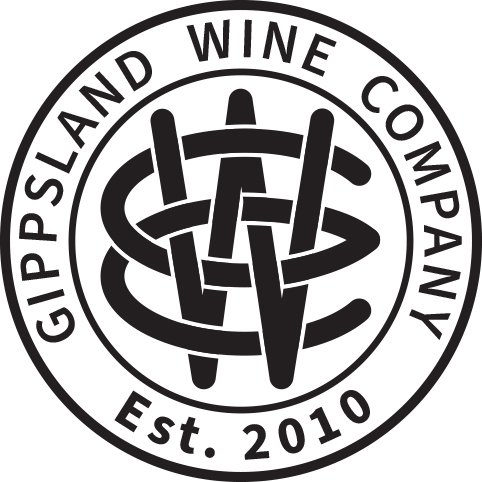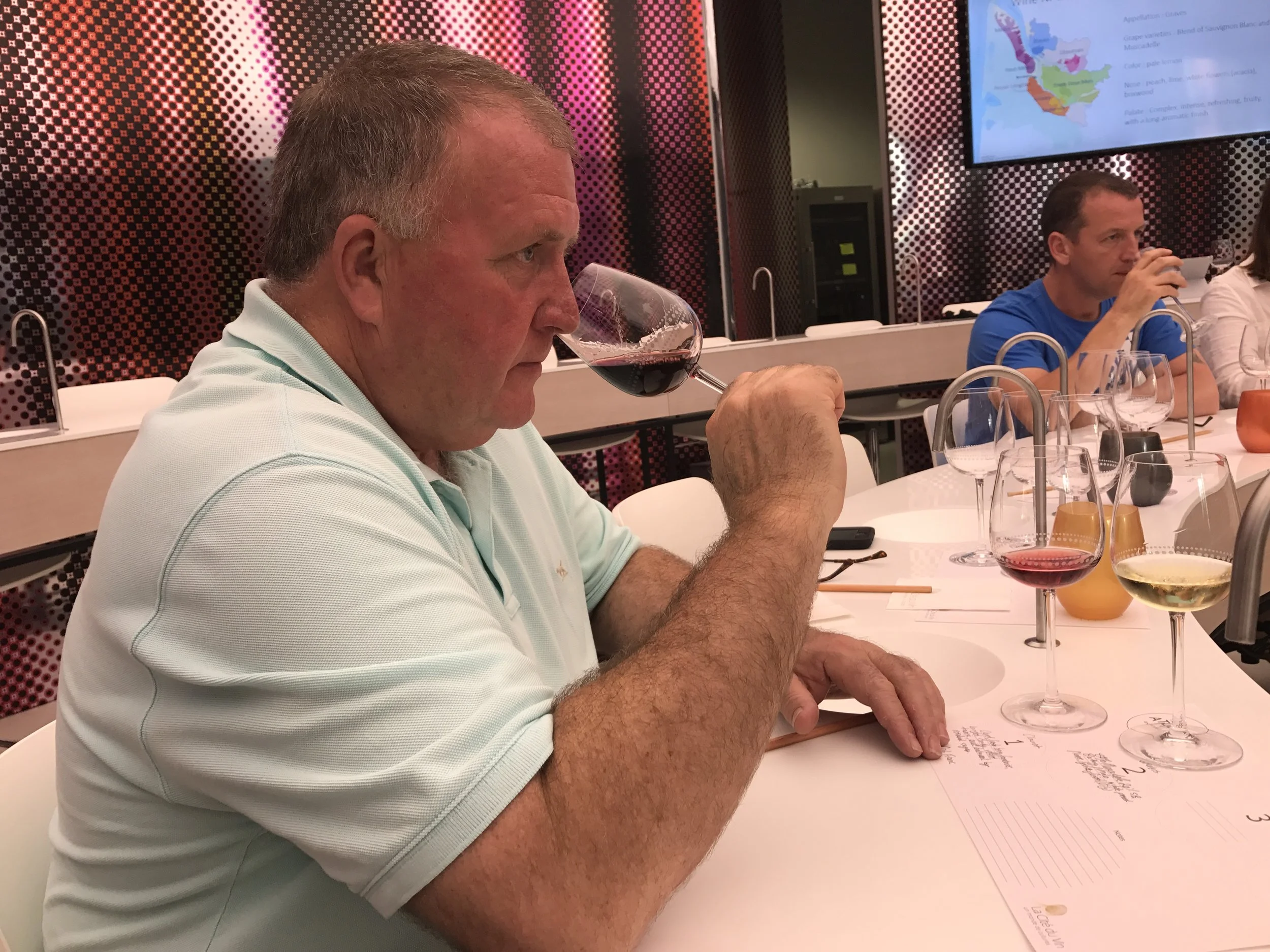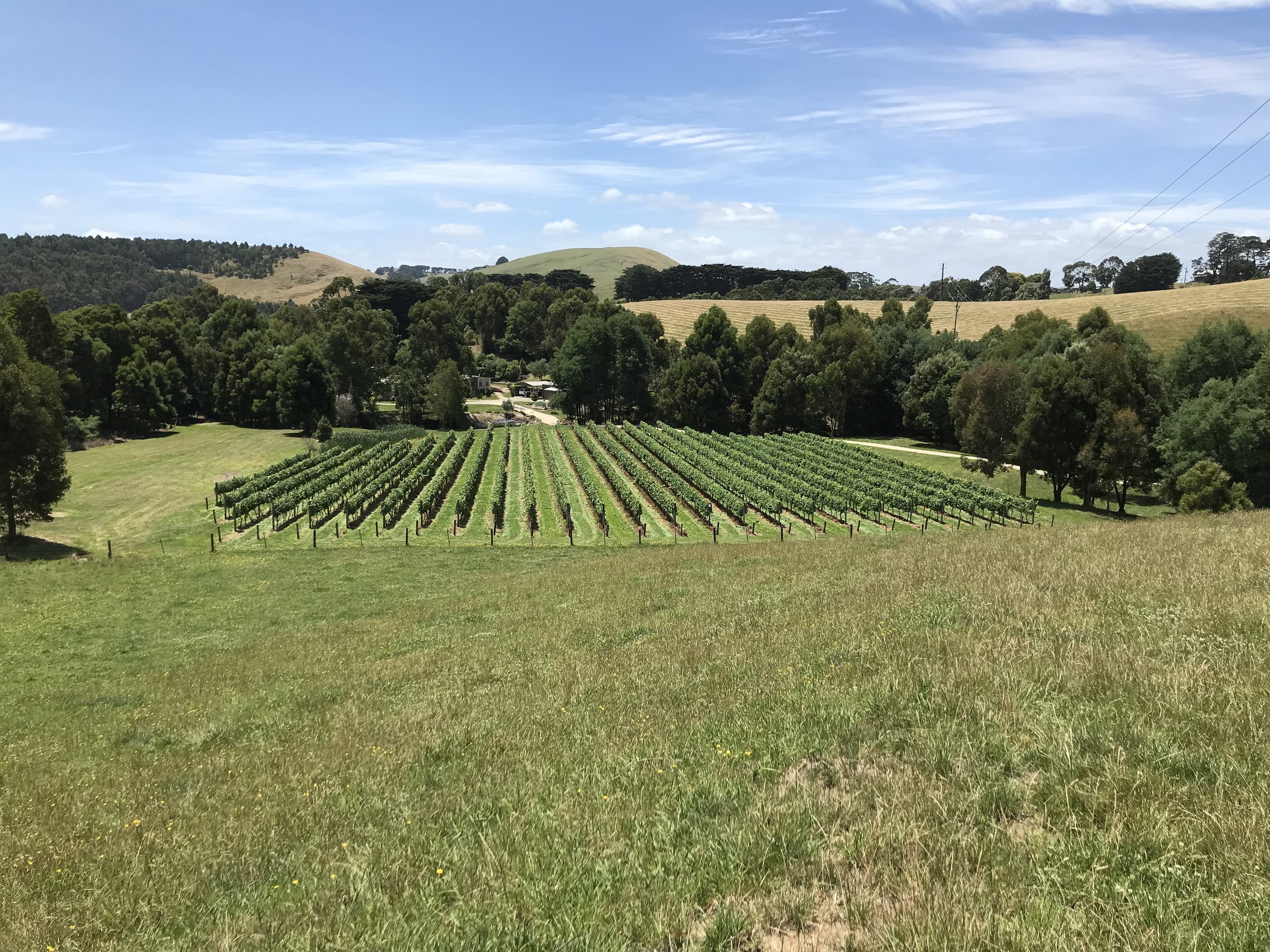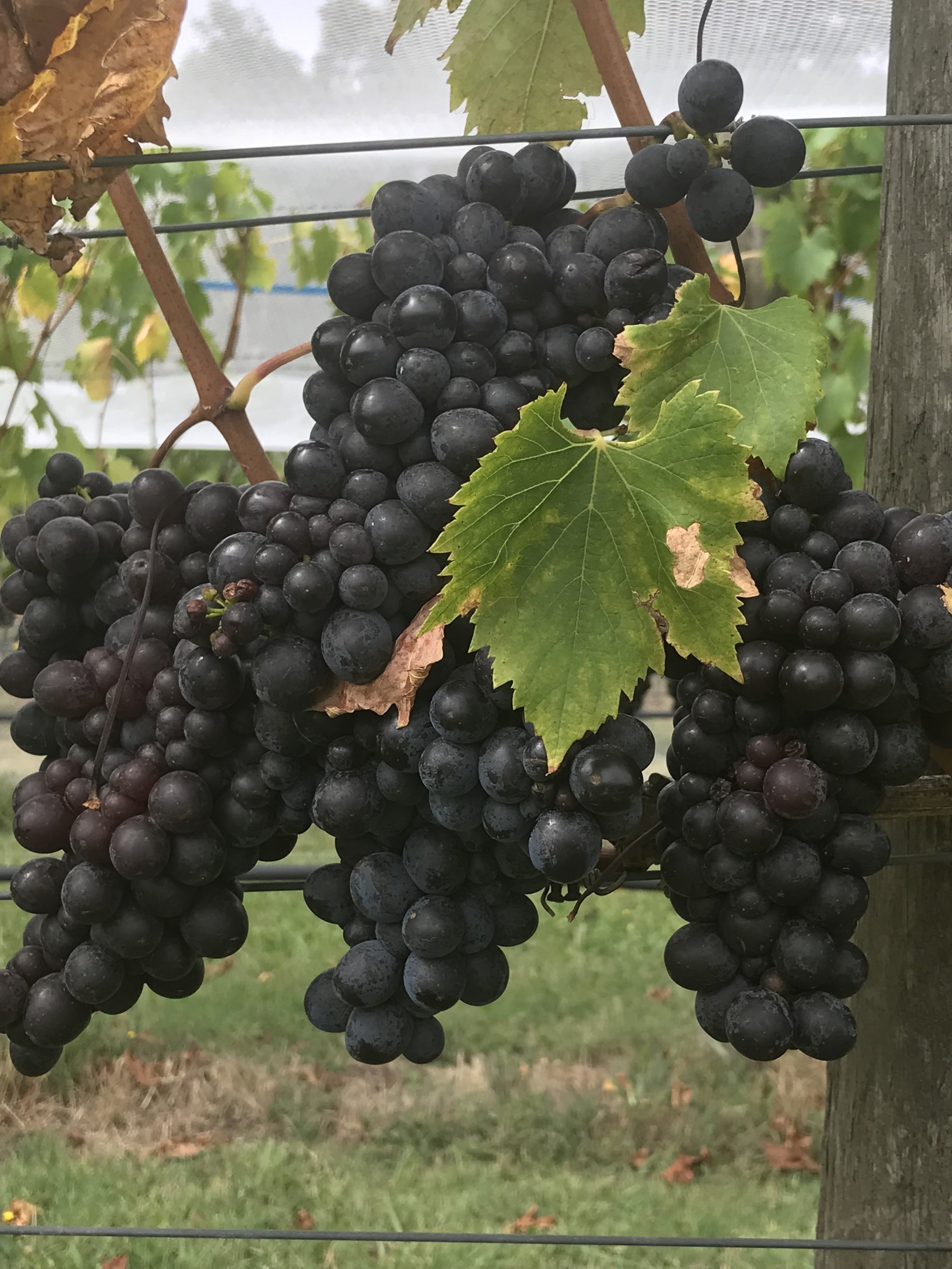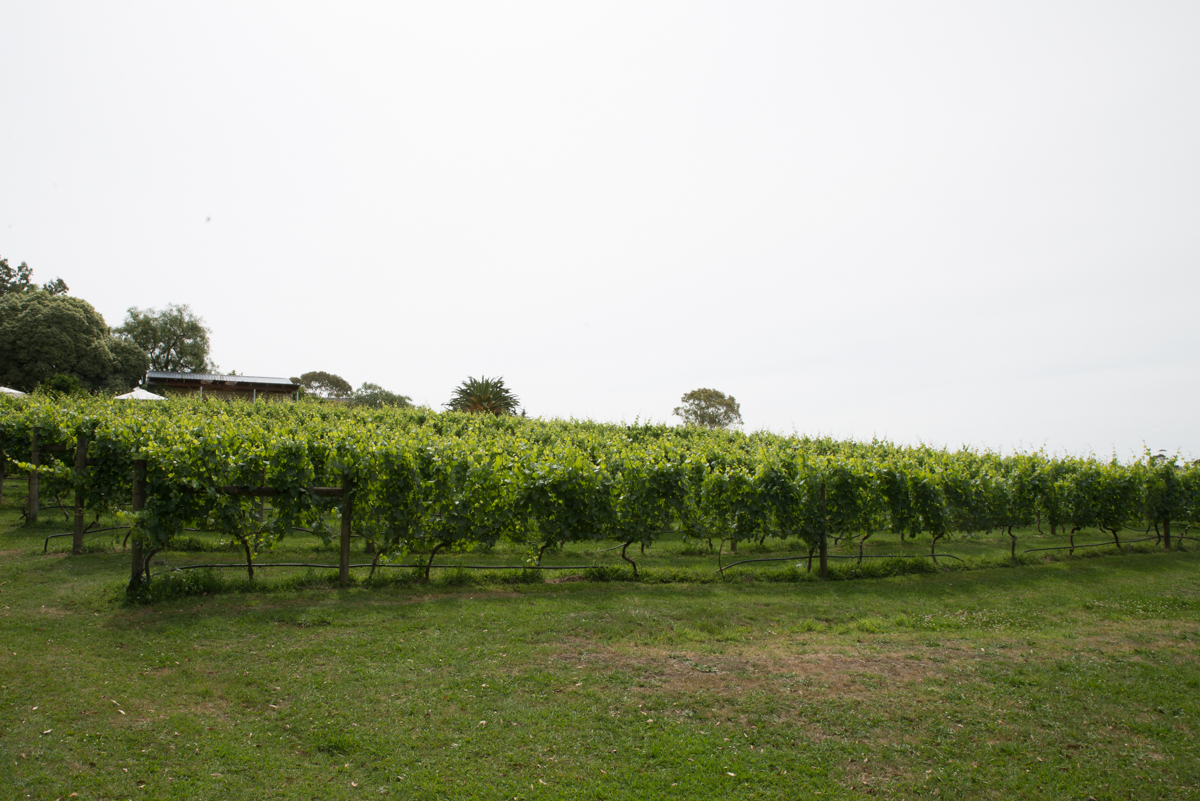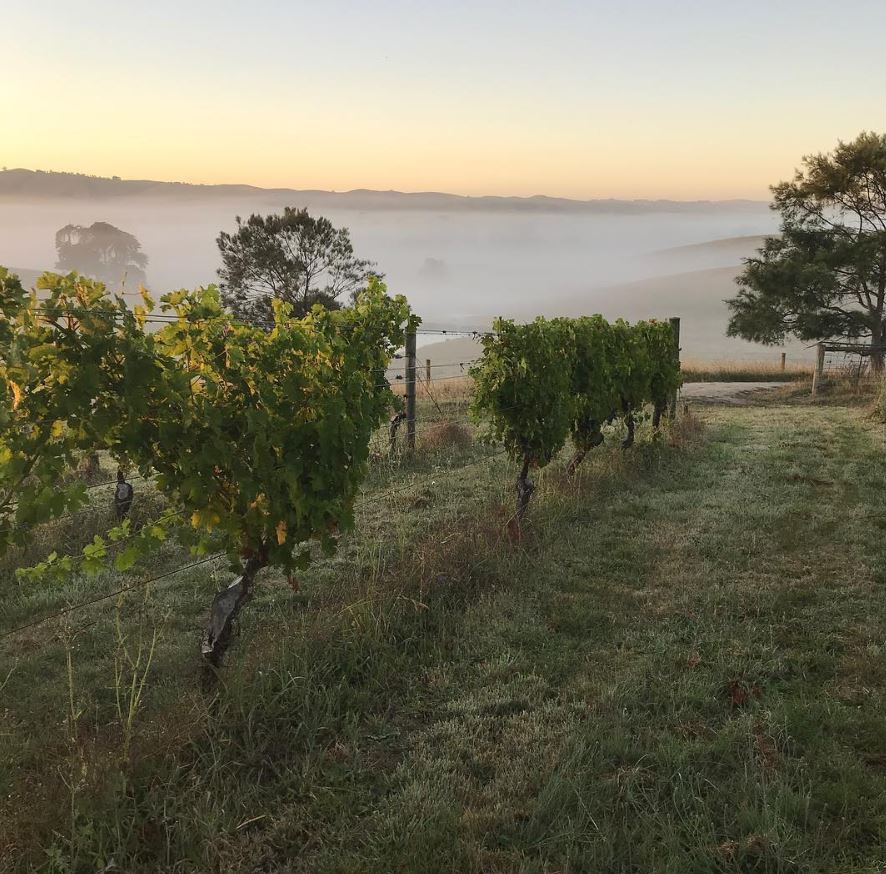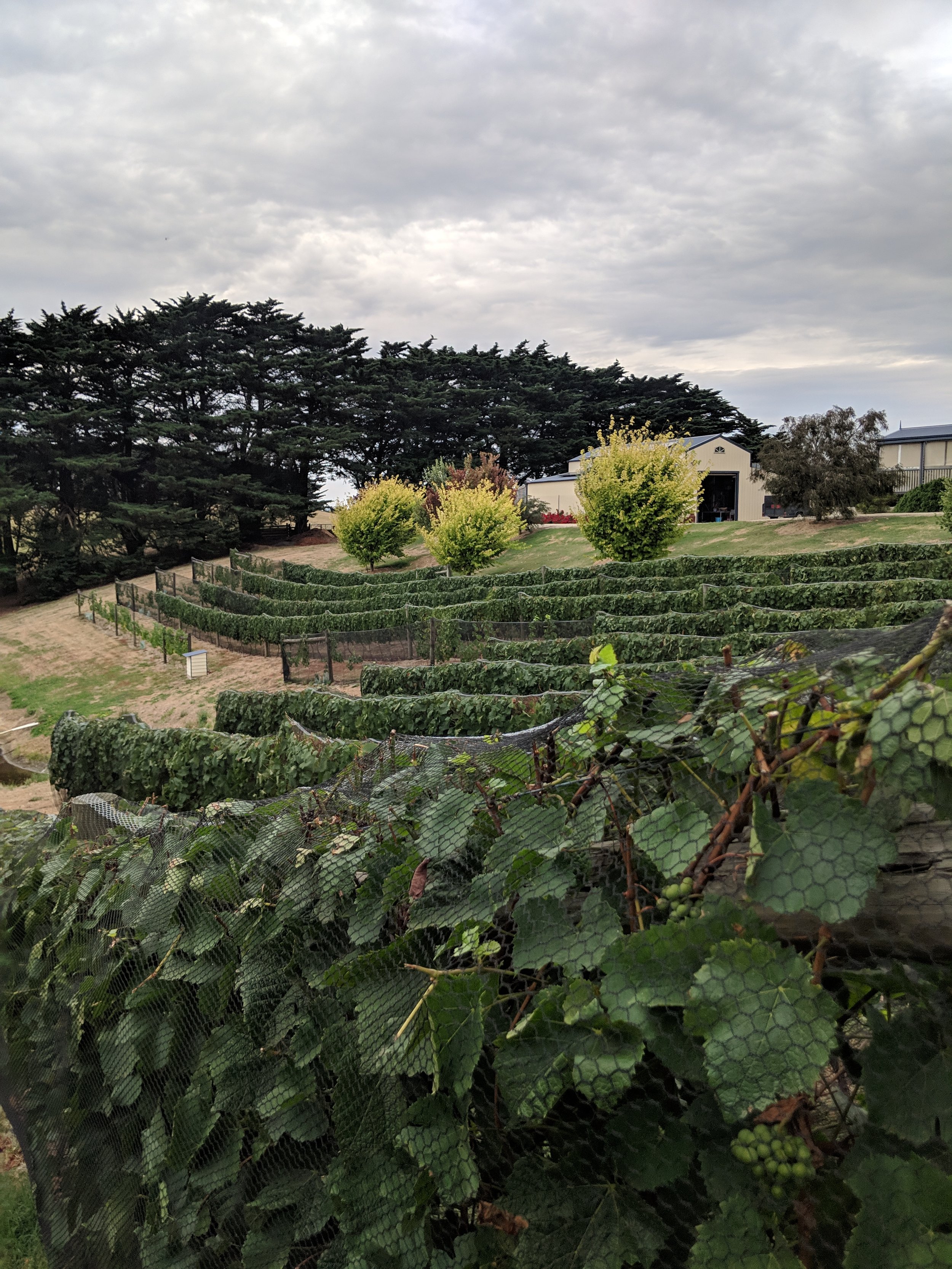The sweeping Gippsland zone stretches from Melbourne to the south-eastern tip of Australia. As Oz Clarke noted, ‘The distance between its westernmost winery, Phillip Island Estate, and its easternmost Wyanga Park (at Lakes Entrance), is 240 kilometres as the crow flies.’ The region had wine production stretching back to the 19th century, ceasing during WWI and experienced a revival in the 1970s. Although, total production is still very small preventing the official designation of the sub-regions South Gippsland, West Gippsland and East Gippsland.
South Gippsland, the coolest of all, runs from Phillip Island, the regional centre Leongatha, down to Wilson Promontory national park, with Loch Village some 100 km south east of Melbourne (37° 30'S latitude). Its often rolling, green hills (20-50 m altitude) are prime dairy country, folding in on one another to create a collection of microclimates. These vineyards are influenced by Westernport Bay (15 km to the west) and the onshore winds of Bass Strait (30 km south-west) making rainfall higher and more predictable, too.
Windy and often wet along the Bass Coast, historically the very cool maritime climate has tended to early ripening varieties such as Riesling, Chardonnay and Pinot Noir. But as the climate has changed, Cabernet Sauvignon now reliably ripens producing highly perfumed, refined examples. Soils vary significantly, ranging from dark black loams to lighter sandy soils in the grey to grey-brown spectrum with mottled, yellow to red clayey subsoils.
